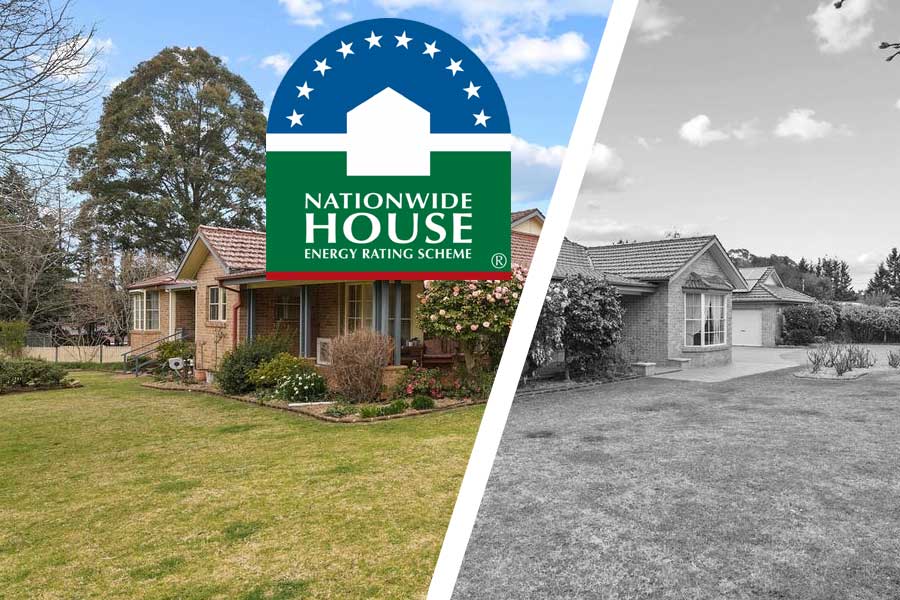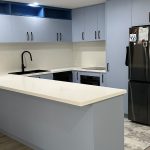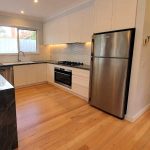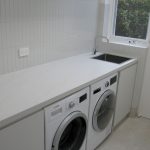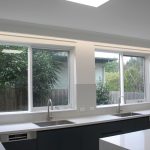When it comes to home renovation, the focus has increasingly shifted towards energy efficiency because this lead to cost savings in the long run. Whether you’re building a new home or updating an older one, integrating energy-efficient solutions is no longer just a trend but a necessity. This is where initiatives like the Sustainability Victoria 7 Star Homes Program and updated energy efficiency standards come into play, even for homeowners planning renovations in Victoria. Victoria 7 Star Homes Program and Energy Efficiency Standards provide a plan that outlines the possible updates of housing renovation that you can do if you want to save money to pay your bills in the future.
Please note, all of these standards are only recommended for those who are going to renovate less than 50% of their home.
- What is Sustainability Victoria 7 Star Homes Program?
- What are Updated Energy Efficiency Standards for New Homes?
- How the 7 Star Homes Program and Updated Energy Efficiency Standards Affect Existing Home Renovation Industry?
- Planning Your Renovation
- Cost Calculation for Energy Efficient Standards
- Consider Keeping Gas Connections and Firewood Places as Alternative Energy Resources
What is Sustainability Victoria 7 Star Homes Program?

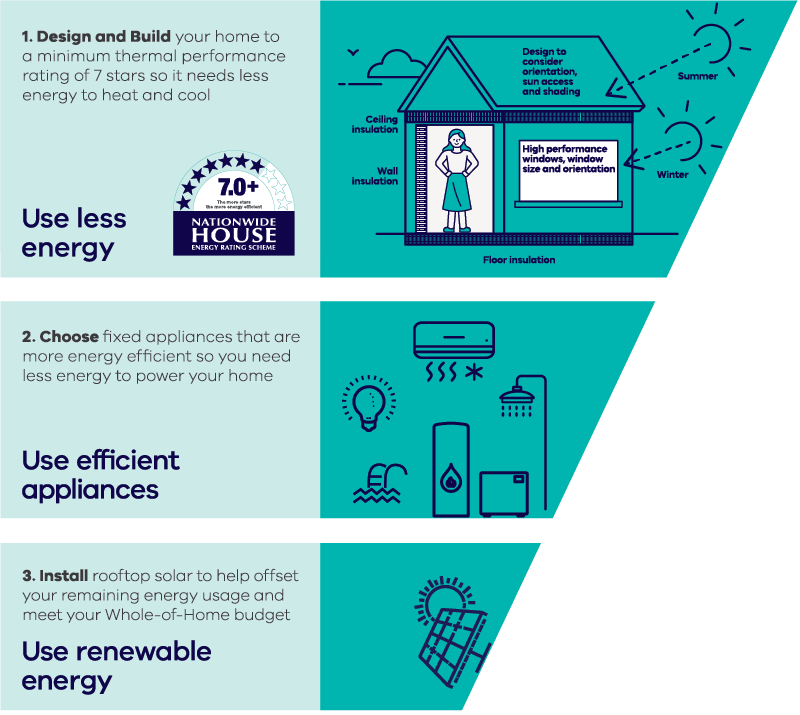
The Sustainability Victoria 7 Star Homes Program aims to promote and support the construction of new homes that meet higher energy efficiency ratings. The “7 Star” rating refers to the Nationwide House Energy Rating Scheme (NatHERS), which evaluates a building’s thermal efficiency. Homes built to this standard are designed to use less energy for heating and cooling, reducing household bills and environmental impact. This program is a key initiative for homeowners who want to future-proof their investments, ensuring they comply with the latest sustainability benchmarks.
What are Updated Energy Efficiency Standards for New Homes?
In Victoria, the building industry is undergoing significant changes, particularly in relation to the energy efficiency standards that apply to new homes. The updated standards require builders and developers to ensure homes meet at least a 7-star energy rating, which includes considerations for insulation, building materials, and overall design efficiency. These updates are part of Victoria’s commitment to reducing carbon emissions, and they push the industry to adopt innovative techniques to lower energy consumption. This shift towards more stringent regulations has also affected how homeowners approach renovation projects, particularly in older homes that don’t meet modern standards.
How the 7 Star Homes Program and Updated Energy Efficiency Standards Affect Existing Home Renovation Industry
While the 7 Star Homes Program is primarily focused on new builds, its principles and standards are influencing the home renovation industry in Victoria as well if you planning to renovate more that 50% of a property. Homeowners looking to renovate existing properties must now consider how they can improve the energy efficiency of their homes to align with updated regulations. This involves retrofitting insulation, upgrading windows, improving air sealing, and replacing inefficient heating and cooling systems. In fact, renovation projects in Victoria are increasingly including energy-efficient upgrades as part of the planning phase, ensuring homes are not only modernized but also made more sustainable for the future.
Planning Your Renovation
When planning a home renovation, it’s essential to take energy efficiency into account from the very beginning. Start by assessing the current energy performance of your home and identifying areas where improvements can be made. This might include installing energy-efficient windows, upgrading your heating system, or improving insulation. Consulting with professionals who specialize in energy-efficient renovations can provide valuable insights into the most effective upgrades for your home. Moreover, if your renovation requires planning permission, ensure your design complies with the updated energy efficiency standards to avoid delays.
Cost Calculation for Energy Efficient Standards
One of the biggest considerations for homeowners embarking on an energy-efficient renovation is the cost. While upgrading to meet energy-efficient standards may seem expensive upfront, it’s important to consider the long-term savings on energy bills and the potential increase in property value. The initial investment typically includes the cost of upgrading insulation, installing double-glazed windows, and replacing older heating systems with more efficient alternatives. Some homeowners in Victoria are discovering that these costs are offset by government incentives, rebates, and the long-term financial benefits of reduced energy consumption.
Consider Keeping Gas Connections and Firewood Places as Alternative Energy Resources
While the focus on energy-efficient renovations is primarily about reducing reliance on fossil fuels, homeowners may still want to consider keeping traditional energy resources like gas connections and firewood places as backup options. Gas can be a reliable alternative during power outages, and firewood provides a cozy, off-grid heating solution during the colder months. Balancing modern energy-efficient systems with these traditional resources can provide homeowners with greater flexibility, especially in areas of Victoria where weather conditions can be unpredictable.
In Victoria, home renovations are becoming an essential part of the construction industry. With programs like the Sustainability Victoria 7 Star Homes Program and updated energy efficiency standards driving change, homeowners are increasingly adopting sustainable practices in their renovation projects. From improved insulation and energy-efficient appliances to alternative energy sources like gas and firewood, these renovations not only reduce environmental impact but also offer long-term cost savings. Whether you’re building a new home or renovating an existing one, integrating energy-efficient solutions is the way forward for a more sustainable future in Victoria.

